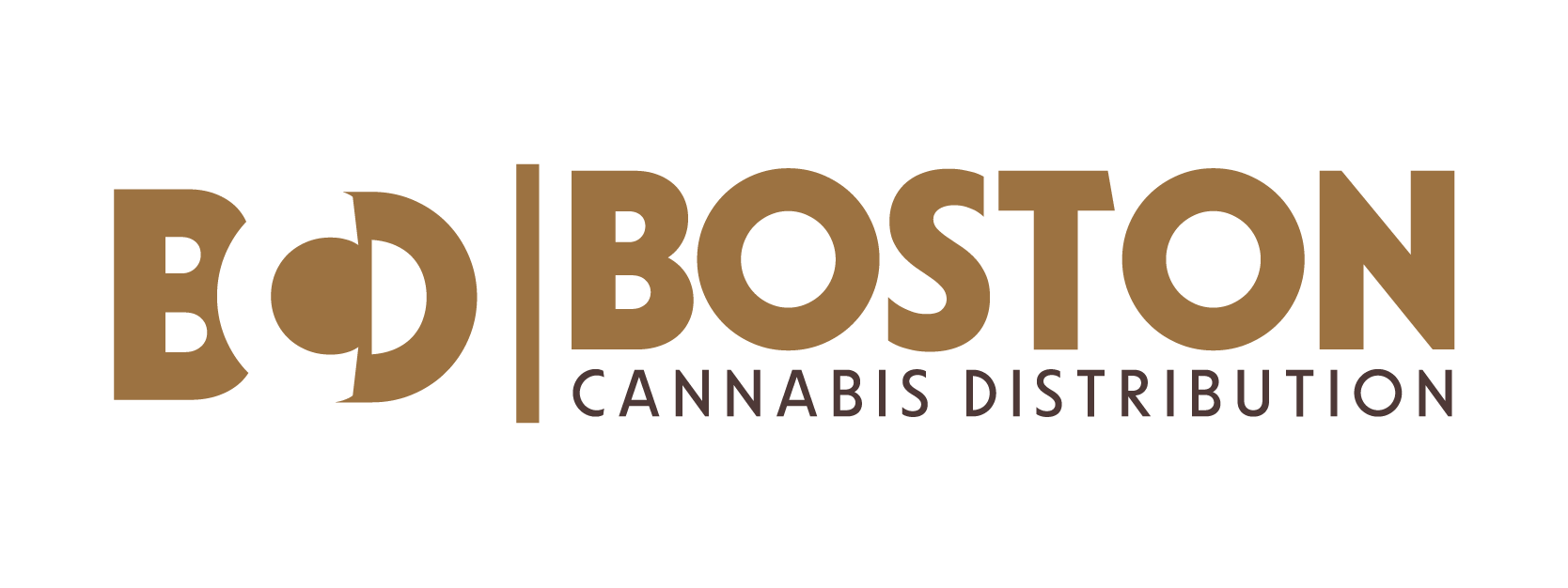Distributors in the cannabis industry follow rigorous, multi‑stage protocols when managing product recalls. Rooted in regulatory frameworks and industry best practices, these procedures safeguard public health and ensure compliance.
Trigger: Identifying the Recall
A recall is triggered by evidence of contamination (e.g., mold, bacteria, pesticides), mislabeling, adverse consumer reports, or failed lab tests. This detection may occur internally via routine quality checks or externally through lab results or regulatory alerts—such as the Massachusetts Cannabis Control Commission’s advisory on mold in pre‑rolls sold between May 2024 and January 2025.
Classification & Notification
In many jurisdictions, recalls are classified by risk level—ranging from Level 1 (serious health threats) to Level 2 (labeling/quality concerns)—and must be reported swiftly to regulators (typically within 24 hours). Licensees may initiate voluntary recalls or be subject to mandatory orders from authorities.
Assembling the Recall Team
Distributors designate a recall coordinator and activate a cross‑functional recall team, including members from quality assurance, regulatory affairs, legal, communications, customer service, and logistics. This team oversees each subsequent stage.
Scope & Traceability
Critical to swift removal is robust product traceability from batch to consumer. Advanced systems—such as ERP or blockchain—enable rapid identification of affected units and recall scope determination.
Cease Distribution & Quarantine
Distributors immediately halt distribution, pull products from shelves, and quarantine inventory at all levels—distribution centers, retailers, or in transit—ensuring secure storage and disposal chains. Destruction protocols require quarantining recalled product (e.g., 72 hours) before rendering it unusable under surveillance.
Communication Strategy
A comprehensive recall plan includes templated notifications to regulators, retailers, and consumers. Press releases, direct outreach, dispenser hotlines, and public advisories (in coordination with agencies like Health Canada or the CCC) ensure transparency and guidance.
Regulatory Reporting & Documentation
Distributors must submit detailed reports—including batch numbers, volumes, disposal records, and remediation steps—to the relevant regulatory bodies. Weekly updates are often mandated until the recall concludes. Regulatory agencies post public recall notices and may require corrective-action preventive-action (CAPA) plans.
Corrective Action & Investigation
Following containment, an investigation identifies root causes—whether in cultivation, processing, packaging, or testing. Distributors then implement CAPA measures and revise SOPs to prevent recurrence.
Effectiveness Checks & Mock Recalls
Post‑recall effectiveness checks—verifying notifications reached all supply‑chain nodes—are essential. Many operators conduct annual mock recalls to test readiness and refine response plans.
Close‑Out & Continuous Improvement
Once the recall is resolved, all documentation and performance metrics are reviewed. Lessons learned are integrated into risk assessments, traceability systems, and training programs to bolster future preparedness.
Read More: Keeping Cannabis Moving Safely Through Boston’s Brutal Weather

